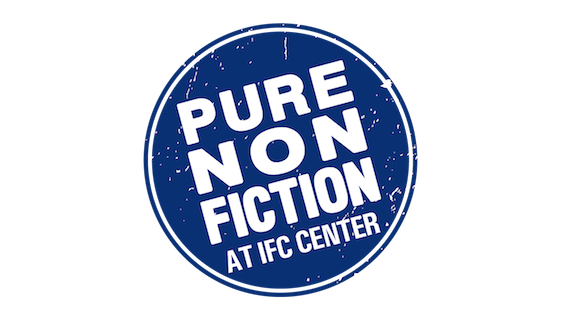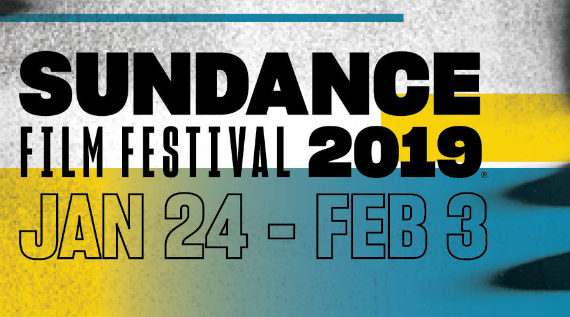Give Manohla Dargis credit for surveying 70 film professionals about the state of independent cinema. She draws upon that research for an article published in the New York Times titled As Indies Explode, An Appeal for Sanity. She published further excerpts in an online piece So Many Indies, So Many Reasons. I take issue with her plea for the film industry to “stop buying so many movies,” but I appreciate her starting the conversation. Her observations have already elicited reflections and dissents from Indiewire’s Anne Thompson, Filmmaker’s Sarah Salovaara and Criticwire’s Sam Adams. Below are my full responses to her original questionnaire:
1. How would you characterize the current state of American independent cinema from your specific industry point of view? Is it strong, average, poor – or somewhere in between?
Very strong if you define independent filmmaking as the ability to launch a project without relying on corporate support.
Three factors bear repeating:
1) Setting aside that film isn’t on film anymore, the digital technology that arose in the 1990s has continually improved in the quality of image making for low budgets.
2) The emergence of crowd-funding has opened a crucial new way for filmmakers to get funded.
3) The expansion of digital platforms greatly increases access to these films from around the country, ranging from the giant warehouses of Netflix and Amazon to the more boutique shops such as SundanceNOW’s Doc Club where I curate a monthly selection. There are still gaps and inefficiencies for filmmakers to earn a living off this mode of distribution, but it seems headed in a positive direction.
When it comes to documentary, we live in a golden age. As David Edelstein wrote in April, documentary is no longer one genre, but several. The opportunities for women and minority directors appear more healthy in docs than in fiction as noted by blogs such as Women and Hollywood and Shadow and Act.
There are two common laments about independent film that I find debatable.
One is that independent film has less relevance and impact than in the 70s when Kael, Sarris and Sontag expressed passionate feelings around cinema; or in the 90s when Spike Lee and Quentin Tarantino became critical and box office sensations. Perhaps fiction film has suffered a loss in cultural urgency while television shows like THE WIRE, BREAKING BAD and GIRLS rise in prominence. But when you factor in non-fiction, independent film looks as vital as ever. Think of the conversations – not to mention court actions, policy changes and television punditry – stirred by the work of Laura Poitras, Andrew Jarecki or the makers of THE INVISIBLE WAR. BLACKFISH even inspired the rewrite of a Pixar script. While docs are sometimes thought to sacrifice artistry for advocacy, that’s certainly not the case in works such as THE ACT OF KILLING, DIRTY WARS or GASLAND.
The second lament that’s parochial to New York City has to do with filmgoing. I often read wistful reminiscences of an earlier era of art house repertory conjured by shuttered theaters like the Thalia and Bleecker Street Cinema. Granted, I don’t have direct experience with that era, but I notice that all accounts concede the compromised quality of projection and comfort. I can’t imagine a cinema lover being better served than now with a daily choice between IFC Center, Film Forum, MoMA, Lincoln Center, Angelika, Sunshine, Anthology, etc; plus a further array of choices in Brooklyn with BAM, Nighthawk, Light Industry; and outposts in previously underserved neighborhoods such as Astoria’s MoMI, Harlem’s Maysles Cinema and the Bronx Documentary Center. Between my gigs at Stranger Than Fiction and DOC NYC, I host well over 100 films in the city each year and can attest to an avid and engaged audience in addition to a thriving film community.
Beyond New York City, the mushrooming of regional film festivals (as I can attest from running the Montclair Film Festival) has greatly expanded the geography for cinematic discovery. I know the costly transition from 35mm to digital projectors puts a squeeze on some independent cinemas. I felt a sense of foreboding at Arthouse Convergence in 2012. Yet I also see a wave of entrepreneurs figuring out new models for exhibition. In Miami, where I work for its film festival, I’m watched the growth of theaters such as O Cinema, Miami Beach Cinematheque, Coral Gables Cinema, Tower Theater greatly expand the diversity of content.
2. What impact has the closure and downsizing of studio art-house divisions had on the health of American independent cinema?
From my standpoint, very little. They represented a small fraction of output; and meant even less to documentary. For the ability to widely release a film, there remain strong players in Sony Pictures Classics, Magnolia, IFC Films/Sundance Selects, The Weinstein Company; and promising newcomers in CBS Films, Radius, A24 and Open Road.
3. Almost 900 new releases will have opened in New York City by the end of 2013. What do you think of this number of releases? Is it good for independent cinema to have so many releases or not (and why)?
Sucks to be a film critic trying to keep up with it all. Five years ago, I wrote “Wanted: Documentary Critics” as a strategy to give greater due to the rising output of nonfiction. Beyond that inconvenience, I only see the positive side to an increase of voices and points of view.
4. If you could change one thing about American independent cinema what would it be?
Preservation. One hazard for film writers keeping up with those 900 new releases is that it deters them from paying closer attention to the crisis of film preservation. Ten years ago, I had my eyes opened by attending the AMIA conference and writing about it for the Boston Globe. Gatherings like that deserve as much annual coverage as Sundance or TIFF for helping the public to understand what’s at stake with our visual heritage. I’ve written about these issues as they relate to the National Archives, the privately held Grinberg Archives and Eyes on the Prize. Just this week, there was a NY gathering held to discuss the state of independent films in the DuArt vault, spearheaded by a new group called IndieCollect. These efforts deserve more attention.
5. Does American independent cinema – as a practice and a philosophy – still mean anything?
On the documentary side, more than ever. As traditional journalism outlets have shrunk, closing international bureaus and truncating long term investigations, independent documentaries are filling those spaces. Think of films such as PARADISE LOST or CENTRAL PARK FIVE for their role in changing perceptions. As for American doc makers telling international stories, I’d cite works such as THE SQUARE, GOD LOVES UGANDA and DANGEROUS ACTS. When it comes to American stories that require an investment of time, I’d point to GIDEON’S ARMY and THE CRASH REEL. For bold acts of artistry, I’d note FIRST COUSIN ONCE REMOVED and LEVIATHAN.
Perhaps this appears to be a different tradition than that of Cassavetes and Jarmusch. But the will to make magic on the big screen with the utmost creative freedom is the same.





